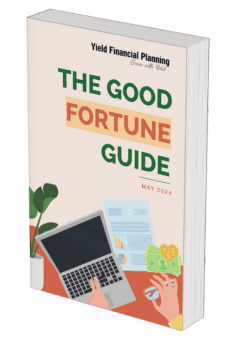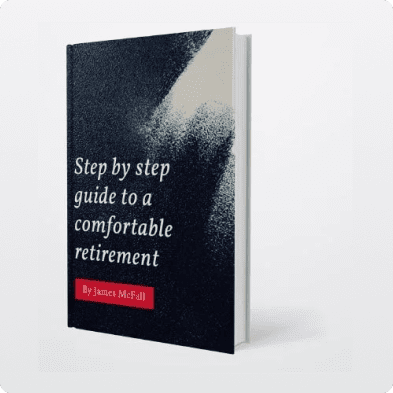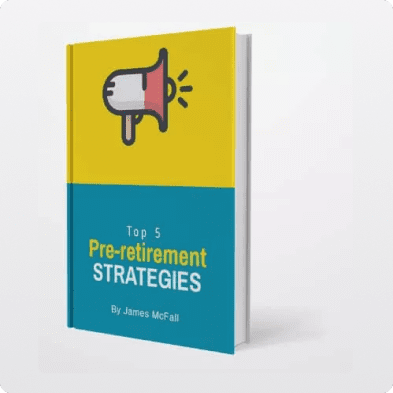You often hear of the importance of Superannuation but many never really take the time to consider the Super Contribution Rules & why they should contribute to Super in the first place.
Simply put, a crucial component of any healthy retirement plan is the incorporation of contributions to Superannuation (Super).
This is because, by its nature, Super is a tax-effective investment vehicle with the purpose of growing a nest egg, which can then be drawn on to fund a retiree’s lifestyle.
Although the real benefit of contributing to Super is felt during retirement, making the contributions themselves can yield immediate tax benefits.
Concessional contributions, which are those made from pre-tax monies, are not taxed at the contributors Marginal Tax Rate (MTR), but rather at the concessional rate which is typically 15%, or 30% for high-income earners.
Knowing that there are inherent benefits to contributing to Super, it’s imperative that prior to making any, you identify whether you’re even eligible to do so.
The eligibility and capacity to contribute to super is mainly dependent on three conditions, these are age; employment status; and contribution caps, however with this being said there are some exceptions to the rule, which will be discussed later.
The following table is a brief illustration of the types of contributions available based on age:

Contributing to Super Under Age 65
Whilst under the age of 65 the Super Contribution Rules place no significant restrictions on an individual’s ability to contribute to Super. This means both mandated contributions, which include the contributions made on your behalf by your employer also known as Superannuation Guarantee (SG) and voluntary contributions can be freely made to your Superannuation fund.
However, keep in mind that you would still be subject to the Contribution Caps which as of the 1st of July 2021 are $27,500 p.a. in concessional contributions and $110,000 p.a. in non-concessional contributions unless utilizing the Bring Forward Rule.
As of July 1st 2022, you would also be eligible to utilize the Downsizer Contribution Rule, as the eligibility age changed from 65 to 60.
Contributing to Super Between Ages 66 and 69
Once you reach 66, contributing to Super becomes slightly more complicated as for some types of contributions an employment status condition is imposed and if not met will make you ineligible to make said contributions. This condition applies to voluntary contributions such as additional concessional & non-concessional contributions, these are considered to be those which are not mandated.
The condition that must be met is known as the “Work Test”.
To satisfy the work test a contributor must have worked at least 40 hours within a 30 consecutive day period during the financial year where the contribution is made. This 30 consecutive day period can be any period during the financial year.
If you meet this definition, you’ve just been given the green light to make voluntary contributions, if not don’t stress just yet as there’s still hope for those with low super balances (Less than $300,000) in the form of the work test exemption. This allows those aged between 65 to 74 to make a one-time voluntary contribution to Super for an additional fiscal year assuming they met the conditions of the work test in the previous financial year. For more information on the work test exemption, click here.
Being above the age of 66 now means you could be eligible to utilize the downsizer contribution and make a contribution up to $300,000 to Super from the proceeds of the sale of your primary residence, so long has this property has been your primary residence for at least 10 years in the time you’ve owned it.
Super Contribution Rules Between Ages 70 and 74
Whilst between the ages 70 and 74, contribution rules remain relatively similar to if you were aged between 66 and 69, with the minor limitation of being ineligible to receive contributions made by another.
This refers to no longer being eligible to receive Spousal contributions, which are contributions made to your Super by your Spouse.
Contributing to Super, Above the Age of 75
Those aged above 75 years old will find themselves in the most limited age group when it comes to contributing to Super. This is because you can effectively no longer make voluntary contributions to Super and may only receive mandated contributions such as SG.
The one avenue available to make a voluntary contribution to Super would be by utilizing the Downsizer contribution to make a non-concessional contribution of up to $300,000.
Want to Understand Your Own Eligibility Better?
For us at Yield Financial Planning, these rules are all pretty straightforward as we deal with them every day, however, if you are finding this confusing or would like advice on how it applies to you please don’t hesitate to contact us for a complimentary discussion.


















